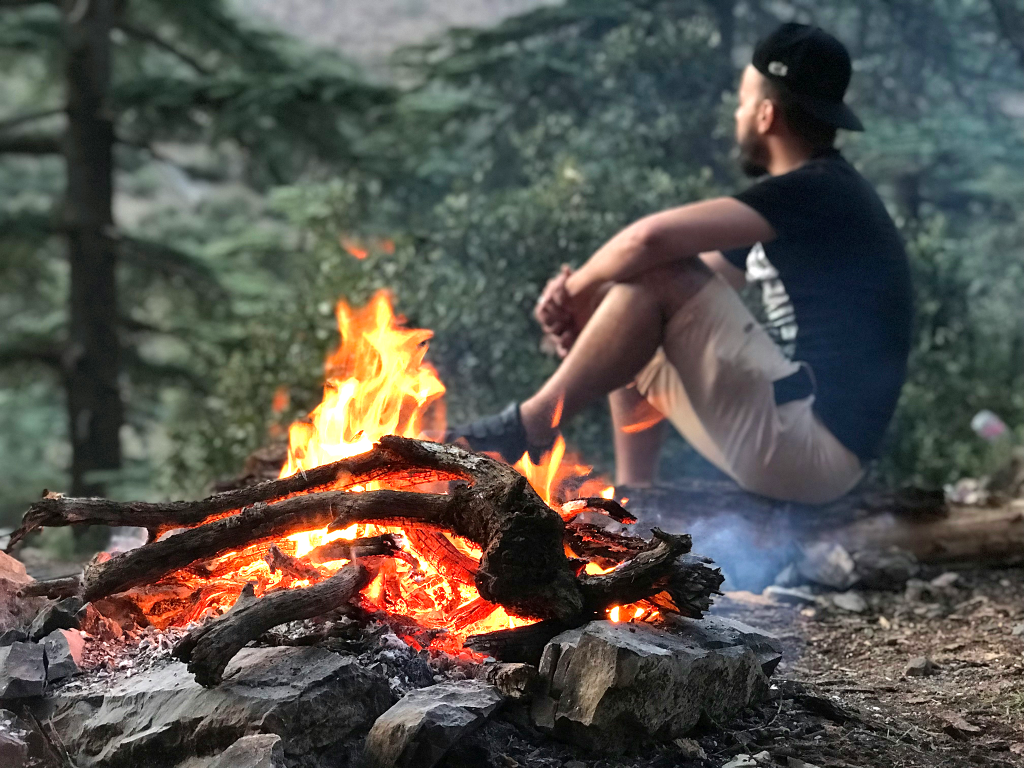Boundary-Setting Strategies
Teaching can easily consume your entire life if you let it. Learning to set and maintain healthy boundaries is crucial for your wellbeing and, ironically, for your effectiveness as a teacher. Here are some concrete strategies for setting time, emotional, and physical boundaries. You’ll learn what is and isn’t your responsibility, and how to protect your personal time and energy without guilt.
Time Boundaries
Work Hours Contract with Yourself
I commit to:
- Arriving at school at: ______
- Leaving school by: ______
- Working at home maximum: ______ hours per week
- Not checking work emails after: ______
- Taking lunch break: ______ minutes daily
- One full day off per weekend: ______
Email and Communication Boundaries
- Check email at designated times only (e.g., 7am, 3pm, 7pm)
- Set auto-reply explaining response timeframes
- Turn off work email notifications on phone
- Don’t respond to non-urgent emails on weekends
- Use “delay send” for emails written outside work hours
Grading and Planning Boundaries
- Set timer for grading sessions (e.g., 45 minutes max)
- Grade selectively – not everything needs detailed feedback
- Use voice-to-text for faster feedback
- Plan lessons in blocks of time with clear start/stop
- Reuse and adapt previous lessons rather than starting from scratch
Emotional Boundaries
Not Your Job vs. Your Job
NOT Your Job:
- Fixing students’ home problems
- Making all parents happy
- Being perfect all the time
- Solving all behavior issues alone
- Working unpaid overtime regularly
Your Job:
- Creating safe learning environment
- Teaching your subject effectively
- Following school policies
- Communicating professionally
- Seeking help when needed
Phrases for Setting Boundaries
- I understand your concern. Let me check with administration about the best way to address this.”
- “I’m not available to discuss this right now. Can we schedule a time to talk?”
- “That’s outside my area of expertise. Let me connect you with someone who can help.”
- “I’ve done what I can from my end. The next step needs to involve [counselor/admin/parent].”
- “I care about [student], and I think they need additional support that I can’t provide.”
Physical and Mental Space Boundaries
Classroom as Sanctuary
- Keep personal items secure and separate
- Create a “teacher only” space in your classroom
- Don’t let your classroom become everyone’s meeting space
- Lock your computer and secure sensitive information
- Have a plan for when you need a few minutes alone
Home as Recovery Space
- Designate work-free zones in your home
- Don’t grade papers in bed or eating areas
- Create physical separation between work and personal items
- Establish “home clothes” vs “work clothes”
- Have conversations about topics other than school

Did you find this helpful?
